Optimal Timing for Waterproofing Applications
Waterproofing is a critical process to protect structures from water intrusion and damage. The timing of waterproofing applications can significantly influence their effectiveness and longevity. Proper scheduling ensures that materials adhere correctly and that environmental conditions support optimal curing and performance.
Spring offers moderate temperatures and lower humidity, ideal for waterproofing projects. It allows sufficient time for materials to cure before summer heat and winter cold.
Summer provides warm and dry conditions, suitable for waterproofing. However, high temperatures and rain can affect application quality, requiring careful planning.
Fall is suitable due to cooler temperatures and lower humidity, which help in proper curing. It prepares structures for winter conditions.
Winter waterproofing is generally avoided due to cold temperatures and potential freezing, which can impair adhesion and curing.
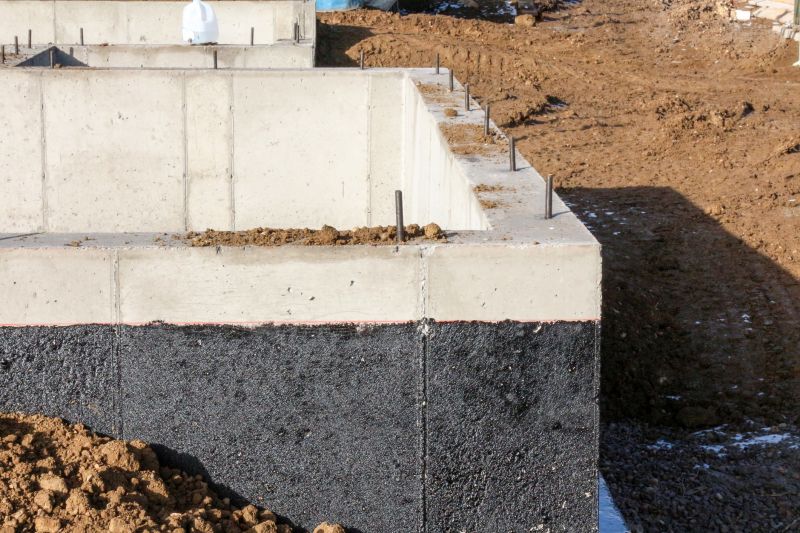
Image depicting waterproofing work during spring with moderate weather conditions.
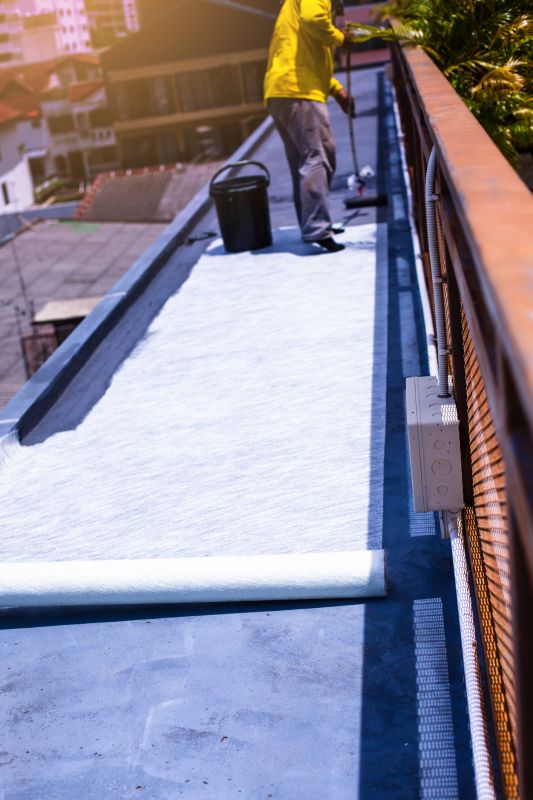
Image showing waterproofing in warm, dry summer conditions.
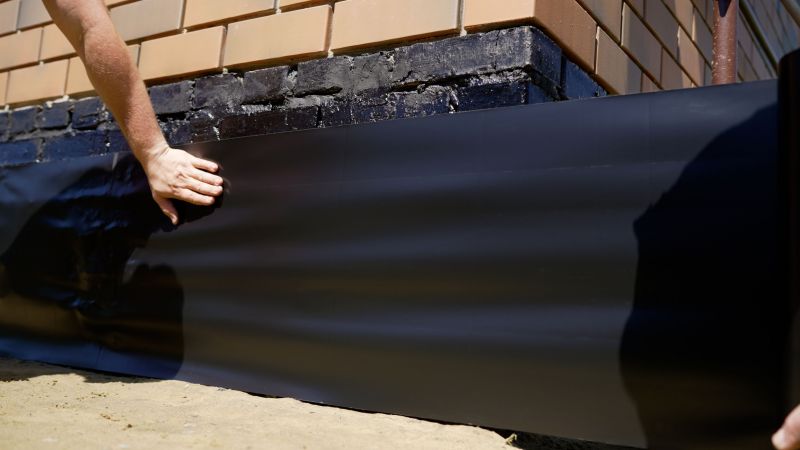
Image illustrating waterproofing activities in autumn to prepare for winter.
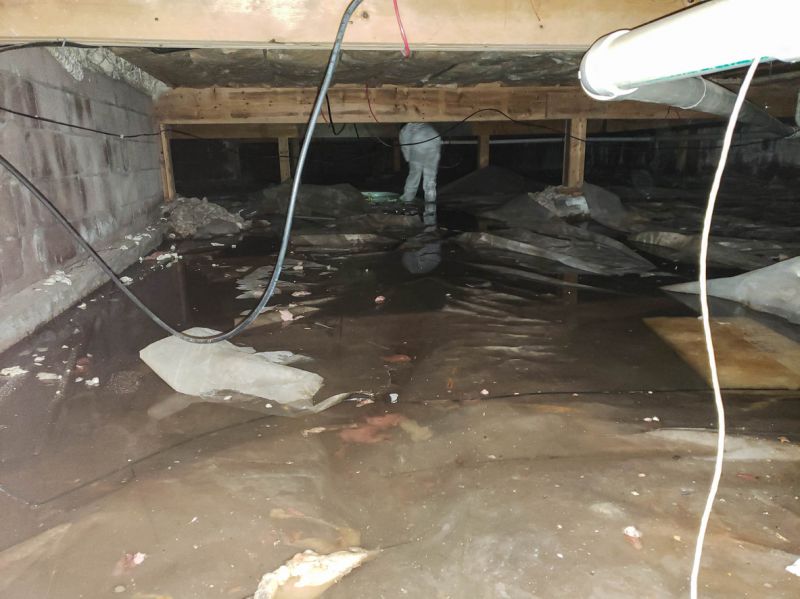
Ways to make Waterproofings work in tight or awkward layouts.
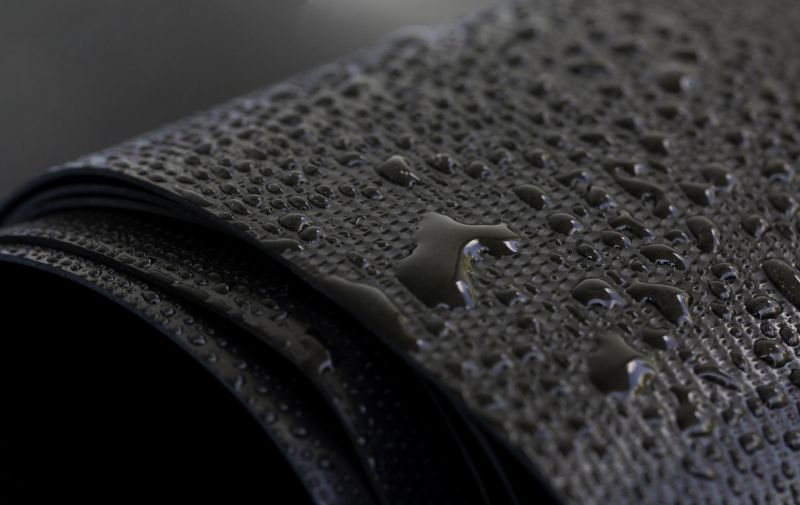
Popular materials for Waterproofings and why they hold up over time.
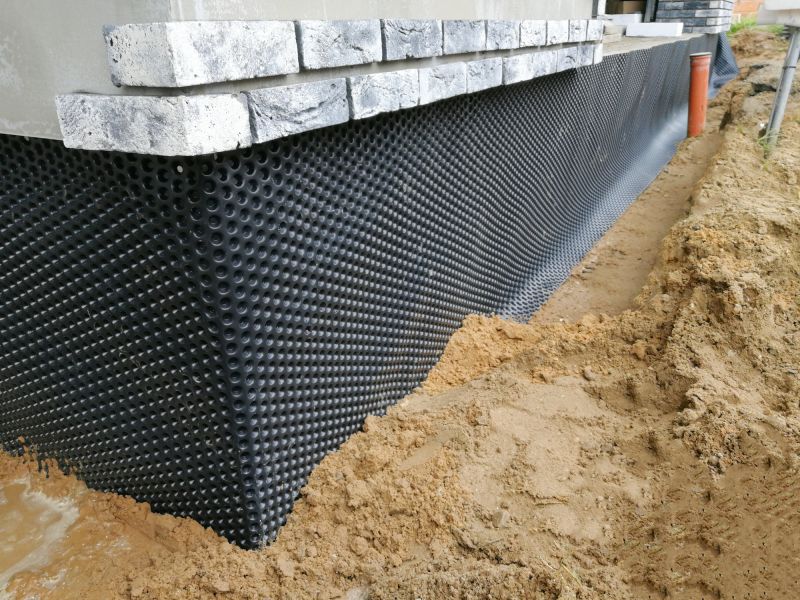
Simple add-ons that improve Waterproofings without blowing the budget.
| Season | Optimal Conditions |
|---|---|
| Spring | Moderate temperatures, low humidity, ideal for curing. |
| Summer | Warm and dry, suitable with caution regarding heat. |
| Fall | Cooler temperatures, lower humidity, good for curing. |
| Winter | Cold and freezing conditions, generally unsuitable. |
Waterproofings are essential for protecting foundations, basements, roofs, and other structural elements from water intrusion. Proper application during the right season can extend the lifespan of waterproofing materials and prevent costly damage. Advances in waterproofing technology have increased the durability and effectiveness of products used across various climates and environmental conditions.
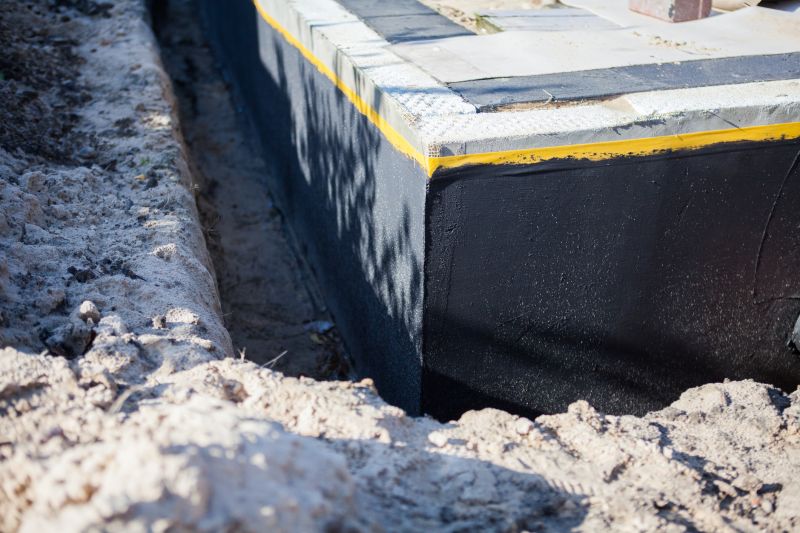
Image showing waterproofing work underway on a building foundation.
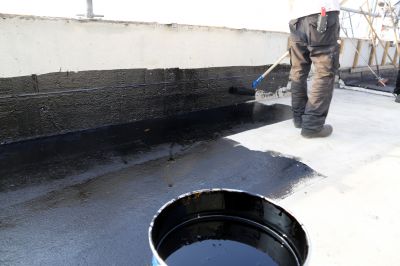
Image of a completed waterproofing membrane on a roof.

Image highlighting waterproofing coatings on exterior walls.
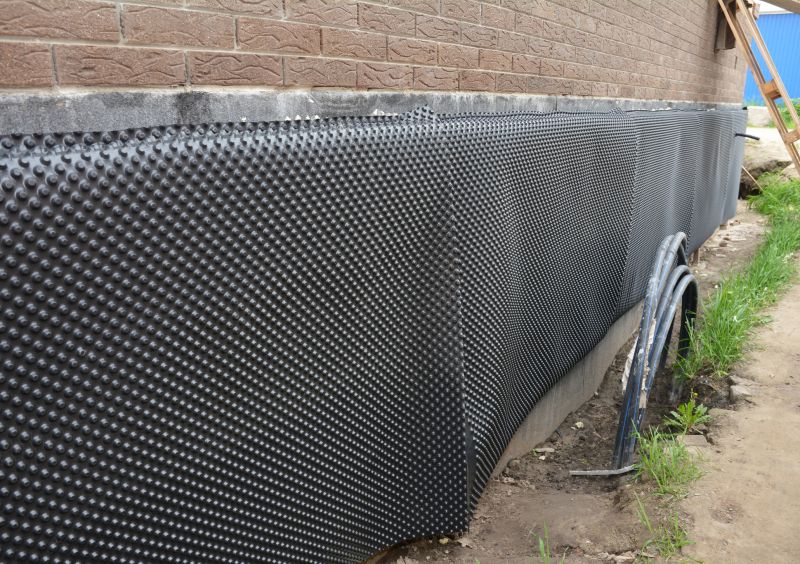
Close-up image of waterproofing materials used in construction.
Choosing the appropriate time for waterproofing ensures optimal adhesion and curing, which are vital for long-term protection. Weather conditions such as temperature, humidity, and precipitation play crucial roles in the success of waterproofing projects. Consulting with waterproofing professionals can help determine the best timing based on specific project requirements and local climate patterns.
Interested in waterproofing solutions? Fill out the contact form to get more information about scheduling and options.

